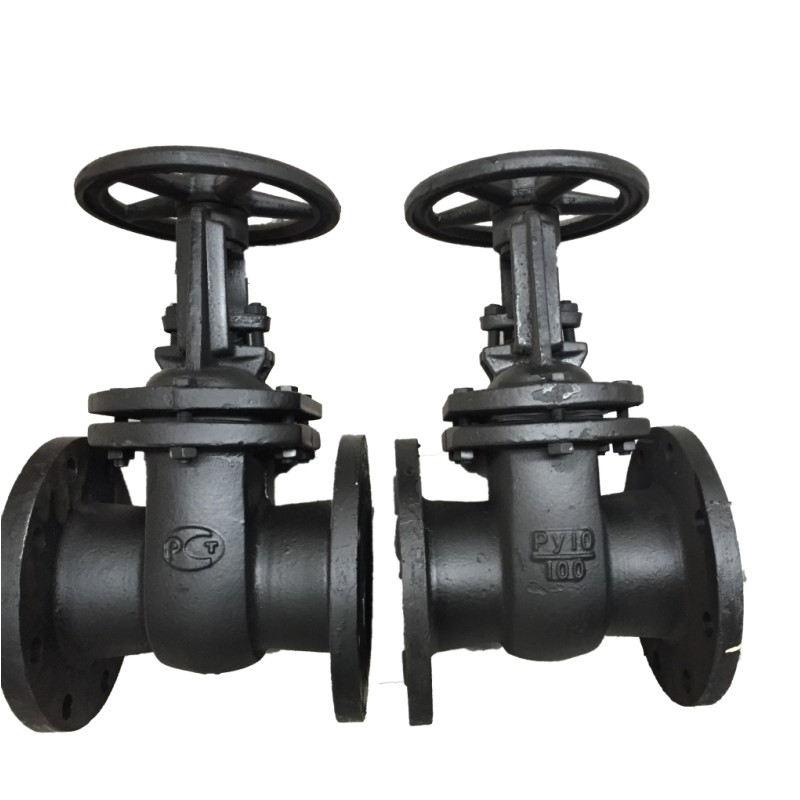Cryogenic Butterfly Valve Applications and Benefits in Industrial Systems
Cryogenic Butterfly Valves Essential Components for Low-Temperature Applications
Cryogenic butterfly valves are specialized devices designed to control the flow of cryogenic fluids, which are substances that exist at extremely low temperatures, typically below -150°C (-238°F). These valves play a crucial role in various industries, including liquefied natural gas (LNG) production, aerospace, medical, and scientific research. Understanding their operation, design features, and applications is essential for ensuring safe and efficient handling of cryogenic materials.
Understanding Cryogenic Fluids
Cryogenic fluids include gases such as liquid nitrogen, liquid helium, and liquefied natural gas. These fluids have unique properties that change significantly at low temperatures, requiring specialized handling systems. Handling cryogenic fluids presents various challenges, including thermal contraction, expansion, and the need for materials that can retain their mechanical properties at these extreme temperatures.
The Working Principle of Butterfly Valves
Butterfly valves consist of a circular disc (the butterfly) mounted on a shaft. When the valve is opened, the disc rotates out of the flow path, allowing a full flow of fluid. When closed, the disc sits perpendicular to the flow, providing a sturdy barrier. The operation can be manual or automated, depending on the specific application and requirements.
Cryogenic butterfly valves are designed to minimize weight and volume while maximizing performance and reliability. They feature a simple design, which results in lower maintenance costs and increased operational lifespan. Additionally, because a butterfly valve can be fully opened or closed with just a quarter turn of the handle, they offer quick response times, which is critical in cryogenic applications where rapid containment or flow is required.
Key Design Features
Cryogenic butterfly valves are engineered to handle the unique properties of cryogenic fluids. Key design features include
1. Material Selection The materials used for cryogenic butterfly valves must exhibit excellent low-temperature performance. Common materials include stainless steel or specialized alloys that maintain ductility and strength at low temperatures, preventing brittle fracture.
2. Thermal Insulation To protect the valve's components and prevent heat transfer, many cryogenic butterfly valves feature insulation. This minimizes temperature increases that can lead to the vaporization of cryogenic fluids.
cryogenic butterfly valve

3. Sealing Mechanisms Effective sealing is paramount in cryogenic applications to prevent leaks. The sealing materials must endure extreme temperatures while maintaining integrity over time. PTFE (polytetrafluoroethylene) is often used due to its superior chemical resistance and ability to maintain flexibility at low temperatures.
4. Actuation Options Cryogenic butterfly valves can be equipped with various actuation mechanisms, including electric, pneumatic, or hydraulic actuators. The choice of actuation depends on the specific application needs and environmental conditions.
Applications of Cryogenic Butterfly Valves
Cryogenic butterfly valves are utilized across multiple sectors
- Liquefied Gas Transportation In LNG transport and storage facilities, these valves control the flow of liquefied natural gas, ensuring safe and efficient transfer.
- Aerospace In rocket propulsion systems, cryogenic butterfly valves are essential for controlling the flow of liquid oxygen and hydrogen, critical components in rocket fuel.
- Medical Applications Cryogenics in medical uses, such as MRI machines and cryosurgery, also require reliable valve systems to manage helium and other gases used in cooling.
- Industrial Processes Various manufacturing processes involving cryogenic cooling also employ these valves to manage fluid flows efficiently.
Conclusion
Cryogenic butterfly valves are vital components in industries that require precise control of low-temperature fluids. Their unique design features and operational principles ensure they can handle the challenging conditions presented by cryogenic applications. As the demand for cryogenic technology continues to grow, understanding and optimizing these valves will be key to operational success and safety in handling these essential materials. Whether in energy, aerospace, or medical fields, cryogenic butterfly valves play an indispensable role in today's advanced technological landscape.
-
3-types-of-check-valves-maintenance-tipsNewsAug.23,2025
-
ball-valves-types-with-trunnion-mounted-designNewsAug.23,2025
-
butterfly-valve-company-production-capabilitiesNewsAug.23,2025
-
fisher-globe-valve-technical-specificationsNewsAug.23,2025
-
types-of-gaskets-for-flanges-selection-guideNewsAug.23,2025
-
wedge-gate-valve-suppliers-quality-standardsNewsAug.23,2025
-
Breakthrough in Domestic Low Temperature Valve Technology in ChinaNewsAug.18,2025




